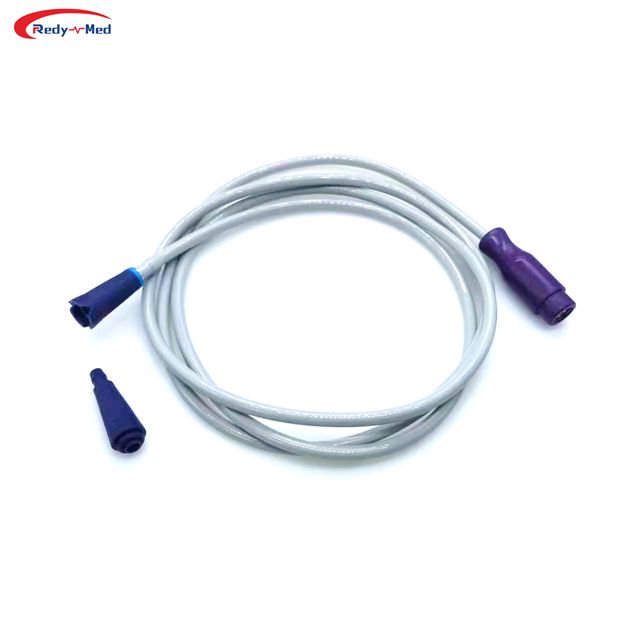
The value and application of blood oxygen saturation sensor in the screening of cardiovascular and cerebrovascular diseases
2024-03-21 00:04:21
Introduction: Advancements in Healthcare Technology

In recent years, there have been significant developments in healthcare technology that have transformed disease diagnosis and management. One such innovation is the blood oxygen saturation sensor, which has demonstrated immense value in the screening and early detection of cardiovascular and cerebrovascular diseases. With its ability to monitor oxygen levels in the blood, this sensor has revolutionized the field of preventive medicine.
Benefits of Blood Oxygen Saturation Sensor
The blood oxygen saturation sensor is an essential tool in identifying individuals at risk for cardiovascular and cerebrovascular diseases. By measuring the amount of oxygen carried by red blood cells, it provides crucial information about a person's overall health and helps in the early detection of potential issues. These sensors can be worn comfortably for extended periods, allowing for continuous monitoring and timely intervention.
Applications in Cardiovascular Disease Screening
Cardiovascular diseases, such as heart attacks and strokes, are leading causes of mortality worldwide. By using blood oxygen saturation sensors, healthcare professionals can assess the oxygen levels in an individual's blood, thereby detecting any underlying cardiovascular issues. Abnormal readings may prompt further investigations, such as diagnostic tests and consultations with specialists, helping to prevent severe cardiac events.
Furthermore, these sensors can be integrated into wearable devices or mobile applications, allowing individuals to monitor their own oxygen levels regularly. This self-monitoring empowers individuals to take proactive steps in managing their cardiovascular health, such as making lifestyle modifications, seeking medical advice, or adhering to prescribed medications.
Role in Cerebrovascular Disease Detection
Cerebrovascular diseases, including stroke and transient ischemic attacks, are major causes of morbidity and disability. The blood oxygen saturation sensor plays a crucial role in early detection and prevention of such conditions. By continuously monitoring oxygen levels, these sensors can help identify individuals with compromised blood supply to the brain.
Early identification of reduced oxygen levels can prompt medical interventions, such as blood thinners, lifestyle changes, or surgical procedures, to minimize the risk of devastating cerebrovascular events. Additionally, these sensors can be utilized during rehabilitation to monitor oxygen levels during therapy sessions, allowing healthcare professionals to gauge the effectiveness of the treatment plan.
Conclusion
The blood oxygen saturation sensor has emerged as a valuable tool in the screening and detection of cardiovascular and cerebrovascular diseases. With its ability to continuously monitor oxygen levels, it offers early warning signs of potential issues, allowing for timely intervention and preventive measures. Incorporating these sensors into healthcare practices and encouraging self-monitoring empowers individuals to take control of their cardiovascular and cerebrovascular health. As healthcare technology advances further, the role of blood oxygen saturation sensors is expected to become even more integral in preventing and managing these debilitating conditions.
Get the latest price? We'll respond as soon as possible(within 12 hours)




